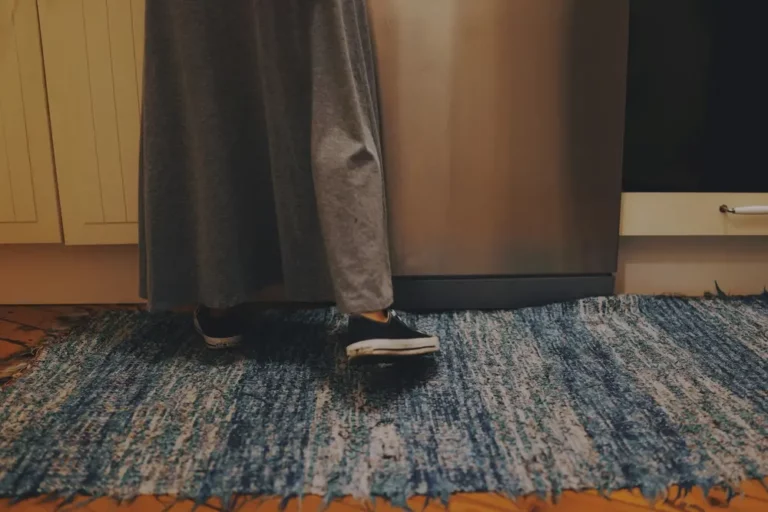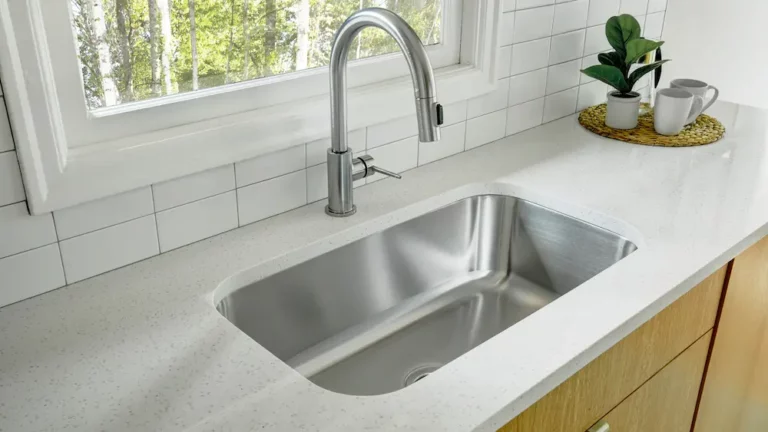Changing the Direction of Your Door Swing: Is It Possible and How Do You Go About It?
It’s almost unbelievable how large a role preference plays in our daily lifestyles, from the choice of food, clothes, and hairstyles, to music taste, home decor, doors, and door swings.
Most of the doors we utilize in our homes are swing doors, usually swinging in or out. The direction of the door swing in an area determines the arrangement of such space. Hence, you need to consider how much room space you’re willing to let go of for the door to have its way.
Now, before you change the direction of your door swing, you should know what direction of door swing you’re currently using. That being said, here’s how to determine the direction of your door swing.
How To Determine The Direction of a Door Swing
Determining the direction of a door swing doesn’t require much skill or expertise. If replacing an existing door, stand with your back to the hinges, sideways to the door opening, and face the jamb where the door latches. If the open door knob aligns with the right side of your body, it’s a right-hand door. However, if the doorknob aligns with your left side, the door is a left-hand door.
Another good way to determine the door swing is to enter the room attached to the door and close the door. Then, stand facing the door directly. If the door handle aligns with your right side, it’s a right-handed door. If the door knob is on your left side, it’s a left-hand door.
The push and pull rule also works well in identifying door swings. It is an inswing door if you push the door open. It’s an outswing door if you pull the door to enter.
Generally, inswing doors will swing into the room, away from you, and open towards the nearest perpendicular wall. In contrast, outswing doors will swing outside, in the opposite direction from the interior of the room you’re facing, usually into a hallway or open space.
Having identified the direction of your door swing, you can confidently decide your next step. Are you tired of your door swinging inwards and would like it to swing in the opposite direction? Are you trying to create space inside your room, and your inswing door is inhibiting that? Well, before you take that door down its hinges and disregard it completely, hear us out.
We’ve put together a list of methods you can follow stepwise in changing your door swing. Read along carefully and get ready for some work.
Pros and Cons of Inswing Doors
Here are reasons why you should choose or avoid purchasing an inswing door.
| Pros | Cons |
| For inswing doors, all the hinges are located inside, which helps to enhance the safety of the occupant of the house. | Inswing doors require much indoor space to open fully. |
| Inswing doors are usually the better option during snowy weather, as the snow sometimes makes it difficult to open your door outwards. | Inswing doors are easier to force open from the outside. |
| Inswing doors with the wooden exterior are more durable and suitable for extreme weather conditions than other materials. | Inswing doors are sometimes challenging to operate as the waterproof elements used in constructing them sometimes cause friction. |
Pros and Cons of Outswing Doors
Are you purchasing an outswing door or changing your current inswing door to an outswing door? Below are the pros and cons of an outswing door to guide your choice.
| Pros | Cons |
| Outswing doors require no interior space since they open outwards. | It’s easier for the hinges of an outswing door to be broken from the outside. |
| Outswing doors are more durable than inswing doors. | An unexpected opening door can hit someone passing by. |
| Unlike inswing doors, kicking or forcing an outswing door open from the outside is not easy. | Inability to install a storm door. |
Tools You Need To Change Your Door Swing
Before you think of changing your door swing, the following tools should be made available
- Tape measure
- Pencil
- Flathead screwdriver
- Hammer
- Nail punch
- Router
- Vice grip
- Primer
- Wood filler
- Hinges
- Non-removable pins
How To Change Your Door Swing From Inswing to Outswing
Once you have the necessary tools, you can change your door swing using these three simple steps.
- Remove the door
Start by removing all bottom caps. Then, use a hammer and a nail punch to remove the pins from the hinges. Ensure that all the hinges are in place before unlatching any pins, as the door can tilt if a pin is removed, trapping other pins in the process.
Next, use a vice grip to knock off the door’s hinges out of its place. You can also use a screwdriver and a hammer if you don’t have a vice grip. However, using a vice grip will speed up the process and make it easier.
You’d also need a power drill to remove the strike plates before you can successfully remove the door.
- Replace /Adjust the Hinges
First, use a chisel/router to cut out the hinge recesses of the door jamb. Then, cut a recess for the strike plate and a hole for the door bolt and use a drill to create pilot holes.
After screwing all the hinge plates in, ensure that all the screw heads are intact and the plates are secure.
- Rehang the Door
Remember to remove any weather stripping before you rehang the door, and use a screwdriver to reverse the knob and striker. Ensure the striker is properly angled toward the jamb to allow the door to open and close properly.
If your door’s hinges are intact, leave them and rehang the door. If the hinges aren’t intact, you’d need to redrill them before positioning the door back in place. Then, align the hinges on both sides of the door correctly.
When this is done, you can locate the exact point to drill on your door jamb by looking at the mark left behind by the bolt. Drill the bolt hole and chisel out the recess using a router or a chisel.
To be sure you’ve successfully hung the door and changed the direction of the swing, the door jamb should extend beyond the leading edge of the strike plate when it’s held up to it.
Conclusion
While it might not matter for some people what direction the door swings, others would consider certain factors before choosing what direction their door should swing in. Since the door can only swing in two directions, inward and outward, you have just two options to choose from.
Before choosing between an inswing or outswing door, you should consider your room size, furniture layout, and traffic pattern in the room, including any physical disabilities or personal preferences.
Inswing doors are not recommended for small spaces since the door would require the most open space in the room to open fully. However, outswing doors are the better option if you’re looking to manage space in your room.
Lastly, if you still can’t decide what direction you’d like your door to swing in, you can’t just get them to swing both ways.



